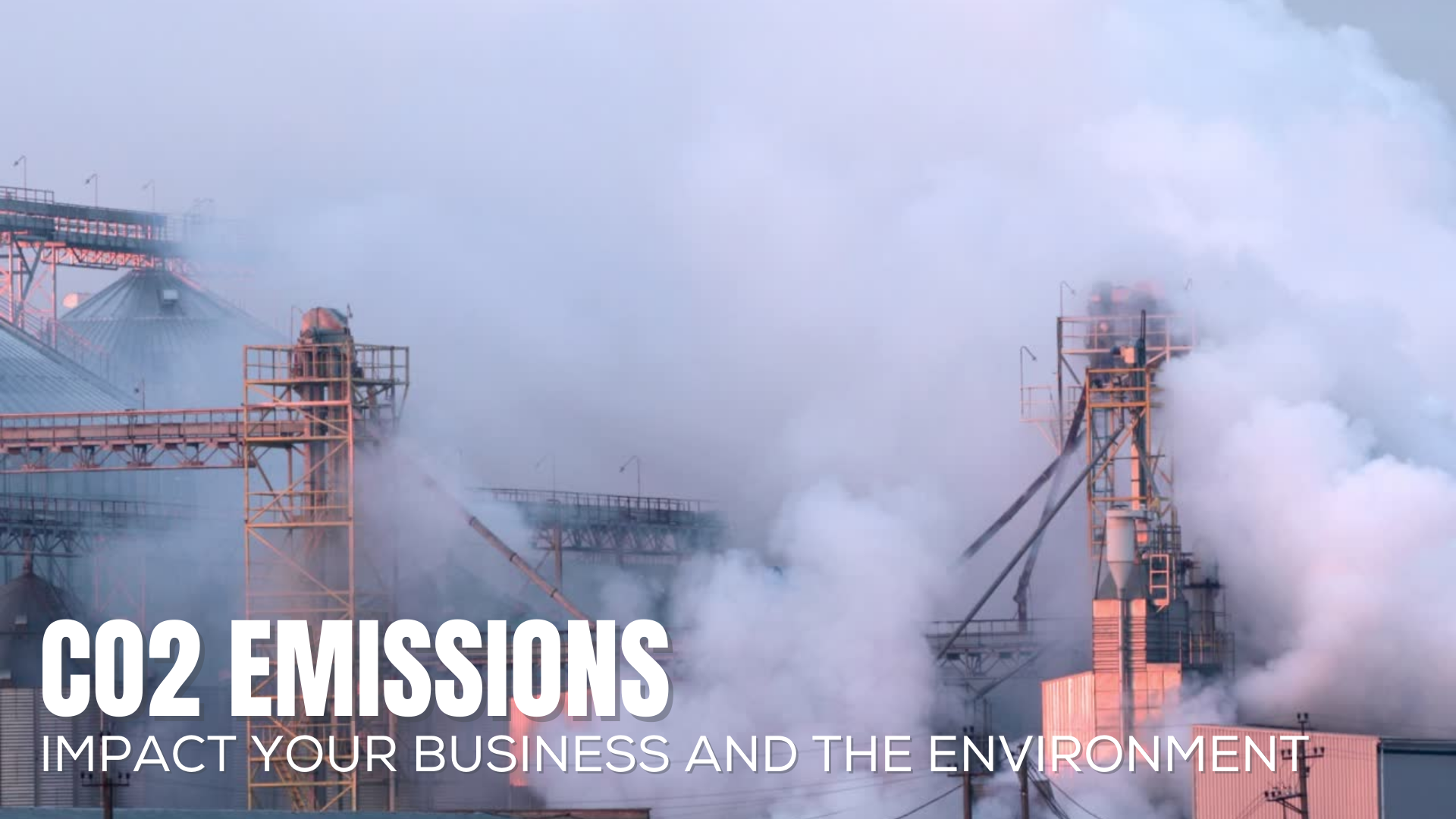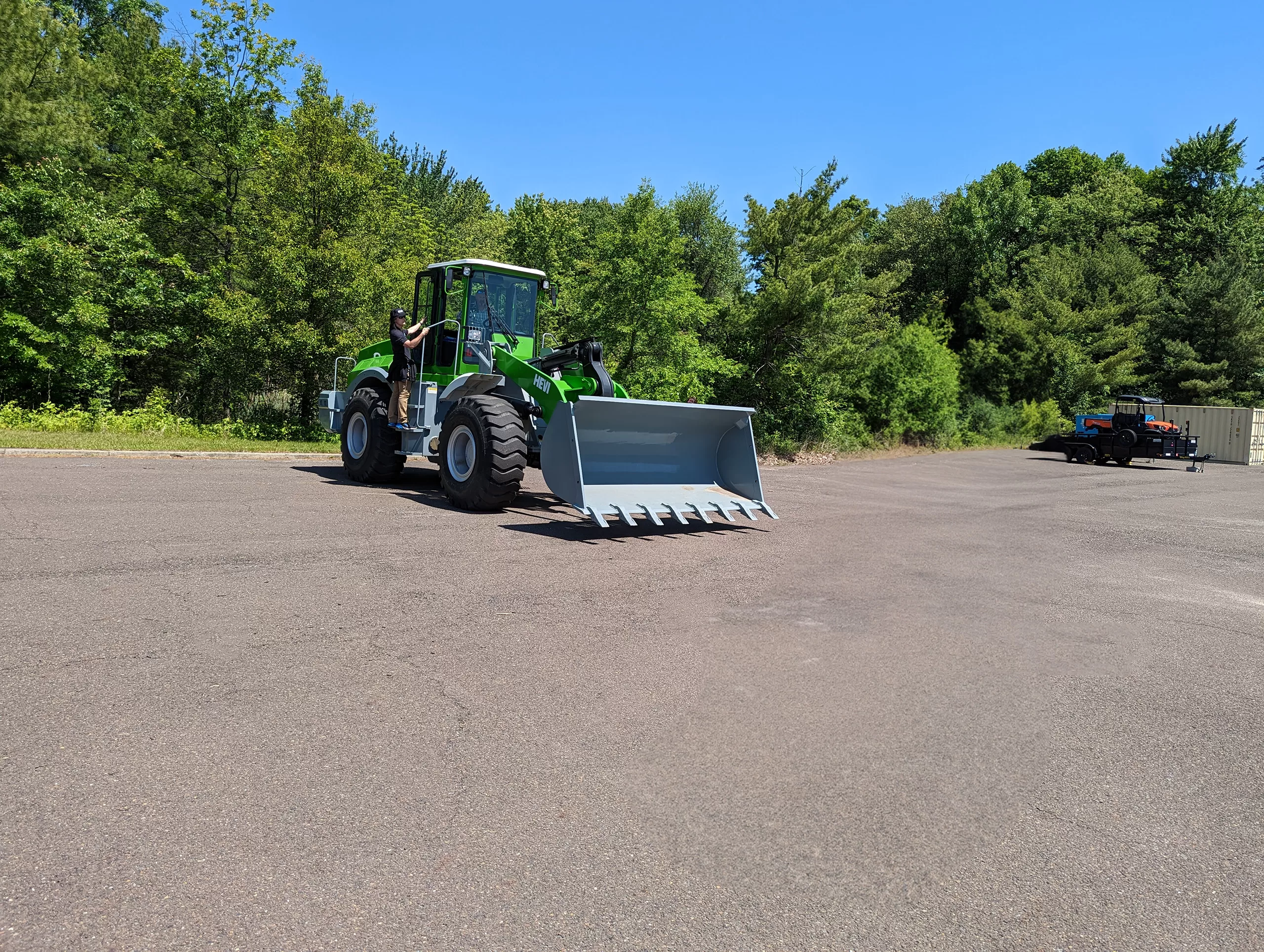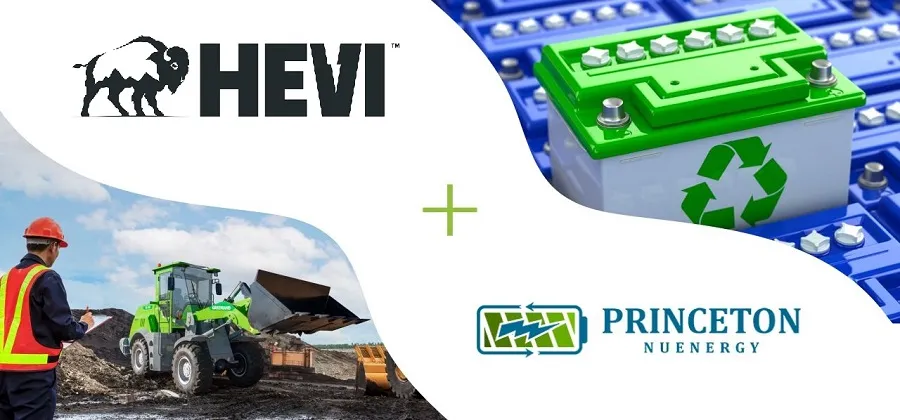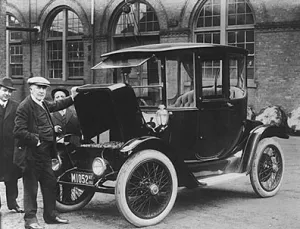Carbon Emissions Impact Your Business and the Environment
July 08 , 2022

Carbon Emissions Impact Industry at Large
It’s generally the Transportation sector that produces the highest levels of carbon emissions, accounting for 27% of all GHG emissions in the United States in 2020. The Industrial sector, however, is not far behind with 24% of the total contributed GHG emissions across the nation. The main difference in these industries right now is that there is a booming electric vehicle industry that is innovating and improving itself year after year. As electric buses and trucks become more prevalent, it’s guaranteed that Transportation emissions will drop. Currently, however, there are limited options for the Industrial sector to follow suit.
The impact of these emission reductions is becoming more critical to day-to-day corporate operations. Environmental, Social, and Governance (ESG) reporting has become standard for nations across the globe. Likewise, more investors, particularly large institutional investors, are looking to see what ESG goals companies are setting. Where previously, financial goals were the sole focus, environmental goals have carved a space for themselves in corporate discussions. As Harvard Law School tells us, some of these goals include employee safety, climate commitment, carbon footprint, and of course, emissions reduction.
This is where HEVI has decided to enter the fray. With our all-electric heavy equipment, we represent the first and best commercially-available solution to drastically reducing your fleet’s carbon footprint.
The Weight of Carbon Emissions’ Impact
According to the EPA, every gallon of diesel burned results in about 22 pounds of carbon emissions. Carbon dioxide is responsible for trapping heat in our atmosphere. However, it’s a delicate balancing act – too much carbon dioxide, too much heat. One method of combating these emissions is to offset, or counterbalance, them.
A simple and popular way to think of this is using trees. Trees absorb carbon dioxide from the air in order to produce oxygen, making them a “carbon sink.” More specifically, a mature tree absorbs 48 pounds of carbon in a year. Your vehicle’s emissions, which produce carbon dioxide, can be considered “carbon faucets.” If you made sure there was a carbon sink big enough to handle everything produced by your carbon faucet, or, in other words, you plant enough trees to absorb all your carbon emissions, you have offset your emissions.
Although there are better ways to combat carbon emissions (we’ll get into that in a moment), the trees analogy is useful because it helps us think of emissions impacts in terms of space. Trees take up space, and you can be sure that one tree isn’t enough to combat the carbon emissions of your entire heavy equipment fleet. So, how much space would it take to offset one year of emissions put out by one piece of heavy equipment?
Let’s take a look!
Offsetting Carbon Emissions
We’ll start with our carbon faucet, the ICE in your equipment.
For this example, we’re thinking about the first 6,000 hours of operation. A decent average of the fuel consumption for a diesel model that’s comparable to our products is roughly 3.4 gallons per hour. This means that for an 8-hour day, that equipment burns 27.2 gallons of diesel. This means that the first 6,000 hours will see 20,400 gallons of diesel burnt. Next, the EIA tells us that 1 gallon of diesel burnt produces 22 pounds of carbon.
With the last piece, we can see the math resolve itself:
20,400 gallons burnt = 448,000 pounds, or 224.4 Tons, of carbon emissions.
So a single loader outputs approximately 224.4 tons of carbon every 6000 hours.
Knowing that 1 acre of planted, mature trees can absorb roughly 3.6 tons* of CO2 per year, it would take those trees more than 62 years to offset the emissions from just one loader.
Exclude, Don’t Offset
To be clear, HEVI applauds all attempts to combat CO2 emissions. The world needs to act now, and act together, to combat climate change. There are many amazing organizations like Evertreen, a company that makes a positive impact on our environment and creates jobs through forest planting. But truthfully, there is a better way to combat your company’s carbon emissions and meet your ESG goals.
We believe the best way to reduce your carbon emissions impact is to actively reduce the amount of carbon you put into the air. When you stop using equipment that produces carbon emissions, you reduce your carbon footprint immediately. HEVI’s equipment, such as our GEL-1800 electric wheel loader, was developed with zero operating emissions because we know the best way to make change is to stop emissions right at the source – but we can’t knock the legs out from under our most critical industries.
That’s why we’re here to support your business as it transitions with the world to the new frontier of electrification. By adopting electric equipment now, you’ll be ahead of the game in your ESG reports and helping to fight global warming while you’re at it. To learn more about how electrification can impact your business for the better, click here.
*Total cumulative carbon absorbed using 1 hectare of planted oak trees in New Jersey absorbing 180 T/20 years, https://winrock.org/flr-calculator/




